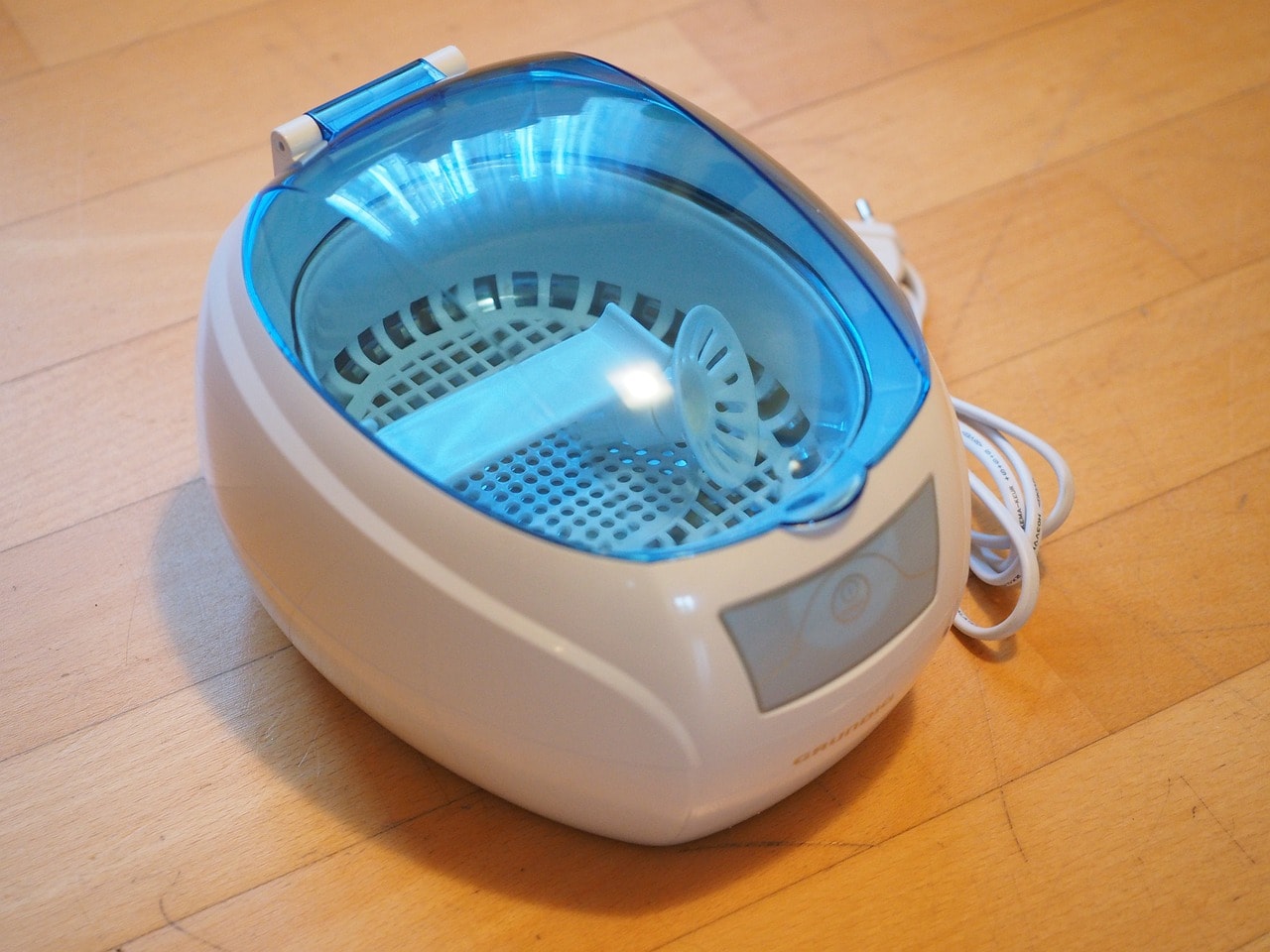
Table of Contents
An ultrasonic jewelry cleaner can be an excellent option if your jewelry has got a lot of accumulated dirt and grime that can’t be cleaned off with traditional cleaning methods. However, there are times when these machines
What is an Ultrasonic Cleaner?
An ultrasonic cleaner is a small machine that works by emitting high frequency sound waves. What this does is to create bubbles and ultrasonic vibrations in the water (also known as a cavitation process) which effectively removes dirt and grime clinging to your jewelry.
When you clean with a brush, there are limitations to where the brush can get to. Some jewelry items may have tiny crevices and cavities which make it difficult for a brush or other cleaning solution to get to.
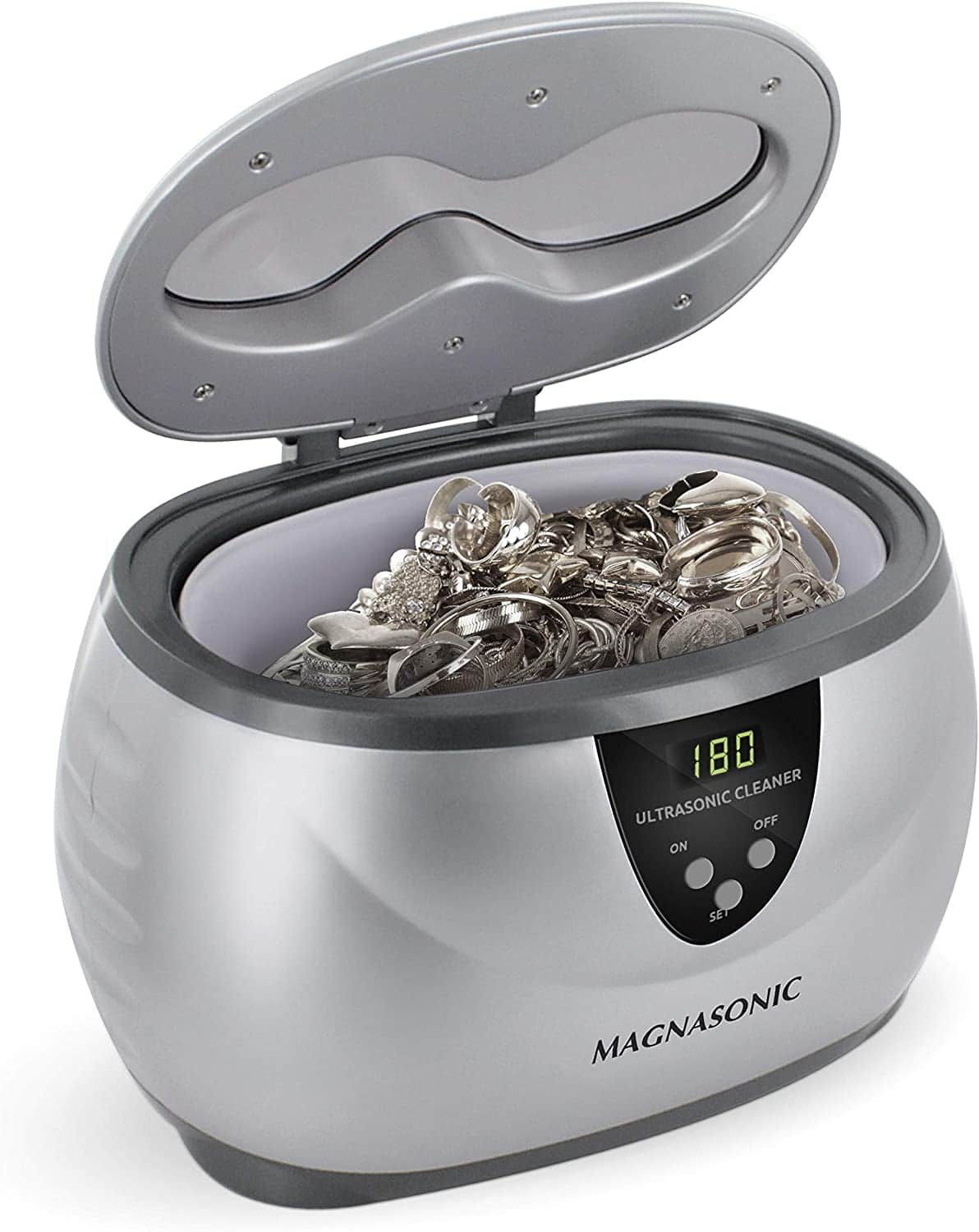
However, when you place these items into the cleaning solution and begin the ultrasonic process, the bubbles created by the disturbance in the water work removes the dirt and contamination on the jewelry items. Because an ultrasonic cleaner works via waves and movement, the contamination in all the hard to reach places will be easily accessed and removed.
The entire process generally takes just a few minutes and your jewelry comes out of the solvent clean and sparkling. So not only are you saving time but you receive an effective and complete cleaning outcome.
How to Use an Ultrasonic Jewelry Cleaner
Using an ultrasonic jewelry cleaner is easy and time-saving. All you have to do is follow a few steps, which are the same for most cleaners on the market.
- Most ultrasonic jewelry cleaners work with a cleaning solution that is used to fill the tank of the machine, as per manufacturer’s instructions. However, some models on the market work with tap water. This, of course, depends on the model so check the instructions of your particular model carefully prior to use.

- Once the tank is filled, place the jewelry items into the cleaning solvent and turn the machine on. If you are putting in multiple items, just take care that the jewelry does not damage each other.
- Ensure that the water is hot to get the most effective clean. Many people skip this step, using cold water instead, but this does not give as effective a clean as when using hot water. Some ultrasonic jewelry cleaner models have a built-in heater feature which keeps the water at the right temperature for the best clean. However, do NOT use boiling water as this can damage your jewelry.
- As the cycle kicks into motion, you will notice the ultrasonic vibrations moving through the liquid, whipping up agitated bubbles. The heat and pressure this creates start to remove the dirt build-up. You will be able to adjust the heat and intensity of the cleaner as required.
- After the cleaning cycle is complete, it is best to leave your jewelry items for several minutes in the water for the dirt to separate from the items.
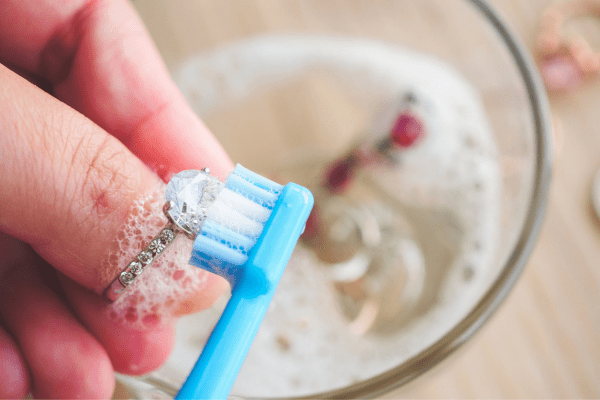
- Finally, take your items out, give them a rinse in clean water to remove the cleaning solution and then use a soft brush to remove any clinging dirt particles from the jewelry items. This does not need to take long, as the dirt is already loosened. Just ensure that you brush the difficult areas such as the claws and crevices of your items.
- Give the items one final rinse. You can do this manually or in the ultrasonic cleaner. Just use clean water and once complete, dry the items using a soft cloth.
How to Effectively Clean Jewelry in an Ultrasonic Cleaner
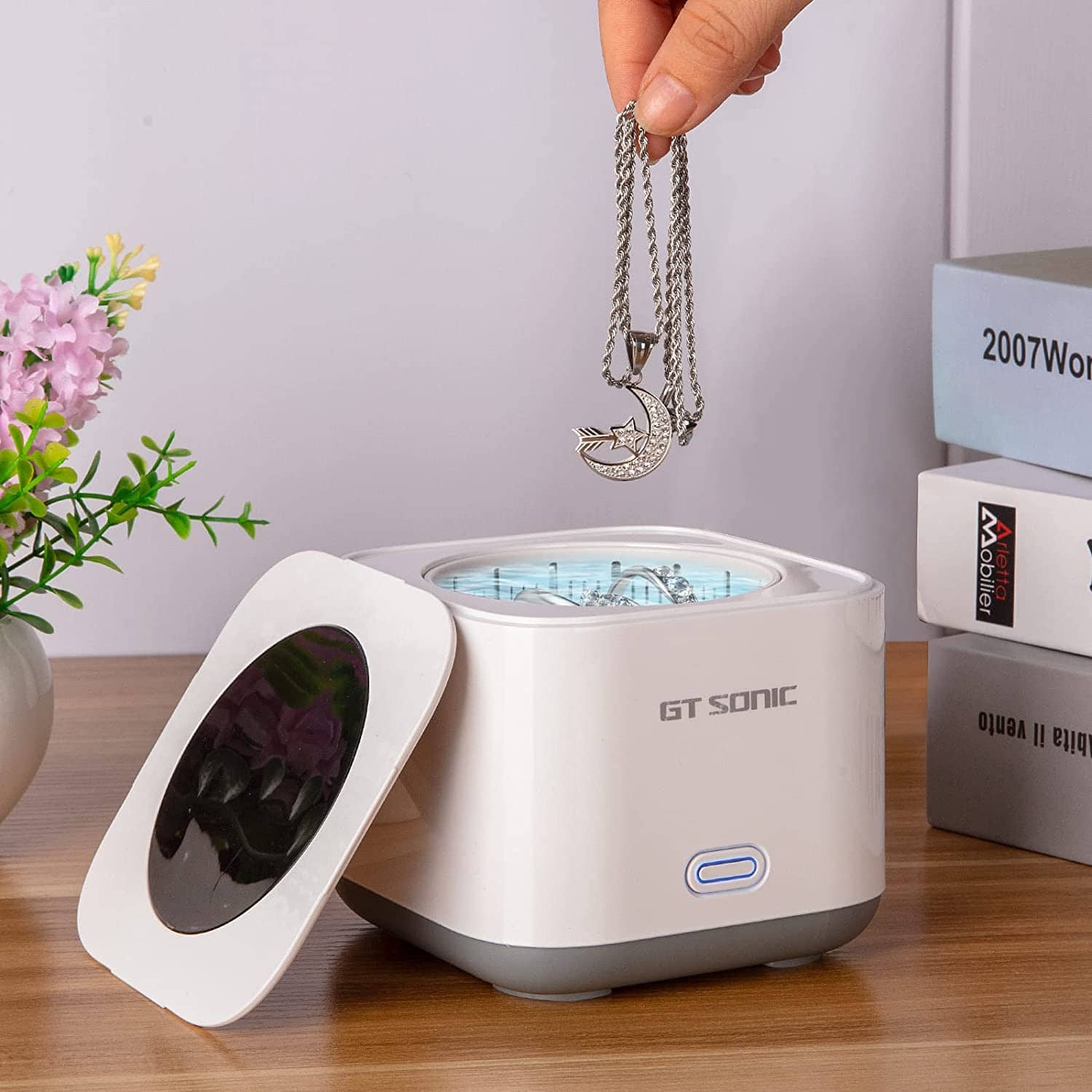
To receive the most effective clean from your ultrasonic jewelry cleaner, there are three main factors to consider.
1. Time
Choosing how long your cleaning cycle should run for varies, depending on how dirty the item is. As a rule of thumb, a trial cycle typically runs from 2 to 10 minutes. Anything less and you will not receive the full benefits of the machine’s cleaning capabilities. In some cases you may need more than one cycle to thoroughly clean the items.
2. Temperature
While all ultrasonic jewelry cleaners work with tap water, using heated water is imperative for an enhanced cleaning process. In most cases, a temperature of 140 F is ideal, although some cleaning solvents may require a slightly higher temperature to work effectively.
3. Mass of Load
By mass, we mean the shape and density of your load. If you put in a large dense mass of jewelry to be cleaned, you will not receive a thorough clean. A general rule of thumb is that the weight of the load should ideally be less than the weight of half the volume of water. If it is possible, consider dividing the load into two smaller loads rather than one large load. The more free-flowing the water round your items, the better the clean.
Best Cleaning Liquid for Ultrasonic Jewelry Cleaner
In the section above, we mentioned that you will need to use a cleaning solution for your ultrasonic cleaner, depending on the model. When choosing your cleaner, you have two ways to go about it:
- Make your own cleaner
This is a simple and uncomplicated process. Just add one tablespoon of ammonia, like this brand, and some dishwashing liquid (as required) into the tank of your ultrasonic cleaner. Fill it with hot water and you’re ready for the cycle. Just ensure that you properly mix all ingredients together.
- Buy a ready-made cleaning solution
You can buy a cleaning solution on the market that has been specially formulated to remove smudges and dirt from jewelry. These often don’t contain harsh chemicals that will adversely affect your jewelry. You can also find some solvents for specific purposes, such as removing silver tarnish.
Related Article: Best Ultrasonic Jewelry Cleaners for Your Valuables
Jewelry to NOT Clean in an Ultrasonic Cleaner
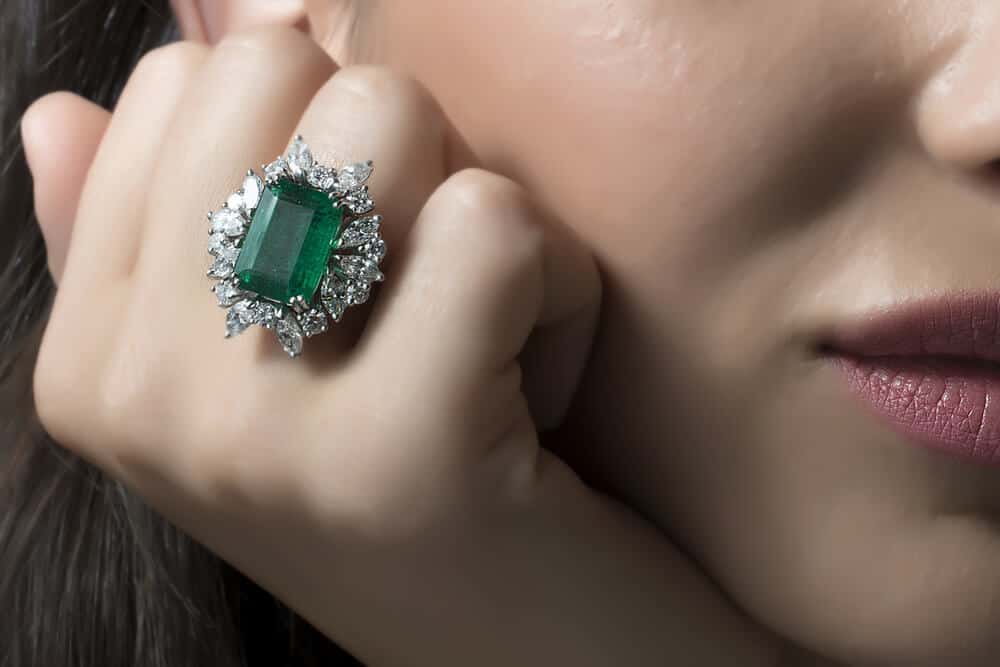
While ultrasonic jewelry cleaners are a convenient and effective way to get your jewelry to sparkle again, it does not work on all types of jewelry items. Remember that not all jewelry is created equal. Some are harder, tougher and more durable than others.
The following types of jewelry should ideally not be used in ultrasonic jewelry cleaners if you want to keep them from damage:
- Soft, delicate and porous gemstones such as lapis lazuli, turquoise and onyx. These can chip or break due to the strong vibrations of the machine.
- Organic pieces such as pearls, amber and coral are very soft and should not be exposed to the strong pressure and heat of ultrasonic jewelry cleaners.
- Gemstones with inclusions and flaws are at great risk of breaking or chipping in ultrasonic jewelry cleaners. Certain gemstones such as emeralds are known for having many inclusions and should not be used in the machine. Also take care clarity-enhanced gemstones. These have often been enhanced with fracture-filling treatments that can crack easily when exposed to heat and pressure.
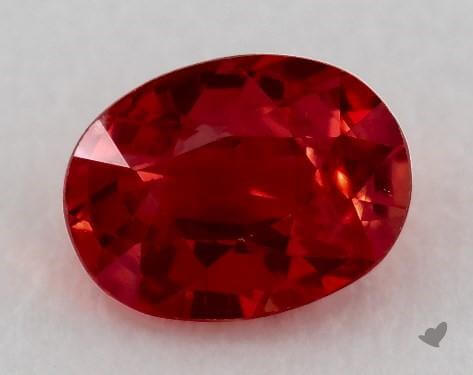
- Gemstones that have had heat treatments to enhance color. The ultrasonic jewelry cleaner can adversely affect the color of the stone, decreasing the vividness of the color.
- It’s true that diamonds are the hardest stones on the planet, but they are also very brittle and often contain inclusions. If you have a diamond that has a low clarity grade (meaning a higher number of inclusions), do not use an ultrasonic jewelry cleaner as this can cause internal damage in the diamond. If the diamond has been fracture-filled, again avoid ultrasonic cleaners as the stone can crack.
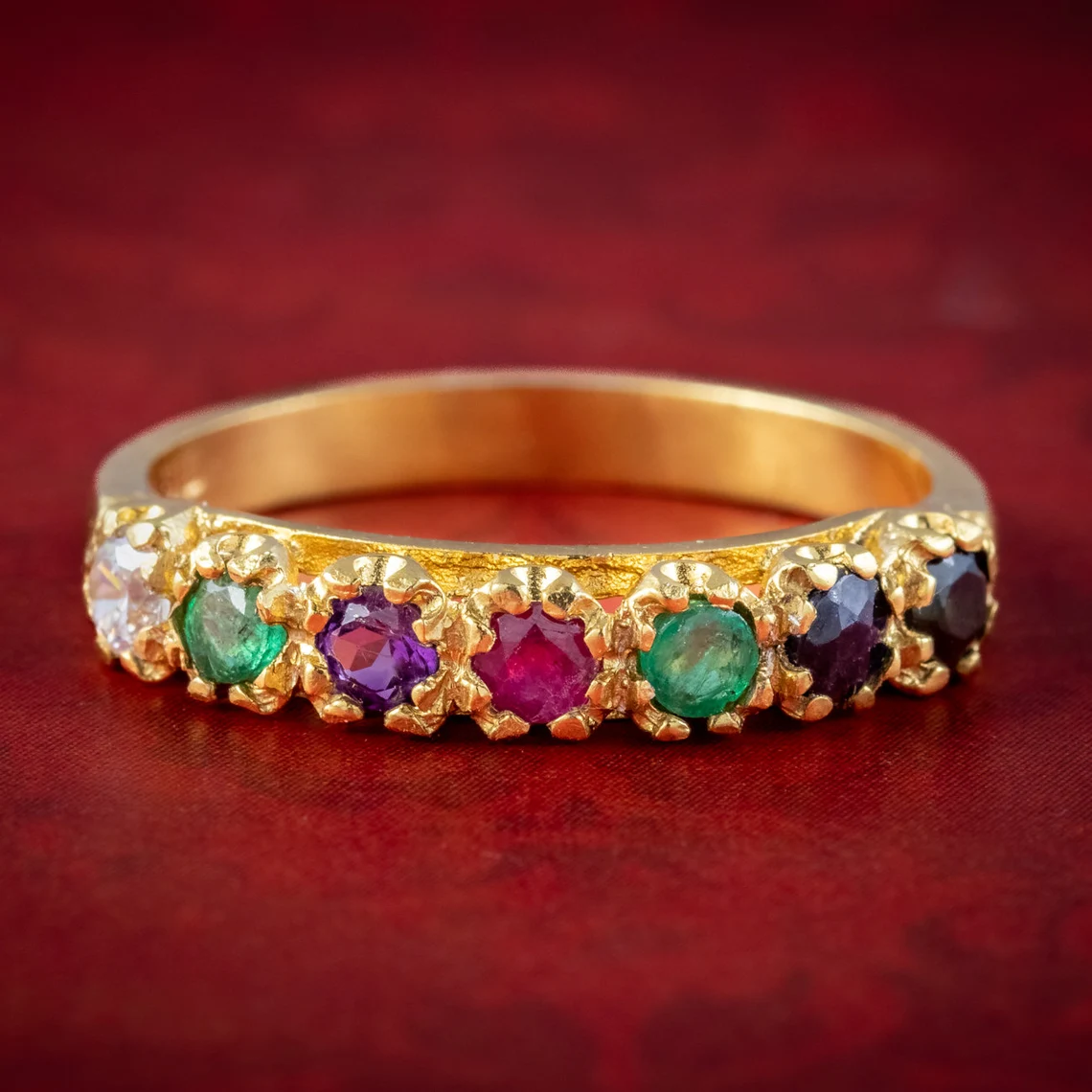
- Most metals can be used in ultrasonic jewelry cleaners, such as gold, silver, and platinum. However, tungsten is an exception as it can easily be damaged and it is recommended not to use it with ultrasonics.
- Costume jewelry should never be used in cleaners because they often contain imitation gemstones that can crack under pressure and heat. Also, some costume jewelry items are made with glue which can dissolve in the cleaner, ruining your jewelry in the process.
What use is there in an ultrasonic jewelry cleaner if it isn’t safe to use with all these types of jewelry! Which brings us to our next section.
Why Use an Ultrasonic Jewelry Cleaner
Despite the restrictions, ultrasonic cleaners work effectively with most jewelry and come with a lot of benefits. Here are our top reasons why an ultrasonic cleaner is a good investment:
- It is equal to professional jewelry cleaning, which you only receive if you visit a jeweler’s.
- It is quick and easy to use, only takes a few minutes to complete the cleaning process, saving you time and energy.
- Jewelry items receive a complete clean as the water accesses hard to reach places and removes all dirt build-up on the jewelry items.
- You can put in several items at once into the machine, speeding up the cleaning process.
- The cleaning is often gentle enough to accommodate a range of jewelry types. You can manually handle the heat and intensity of the machine to suit your items.
How Often to Clean Your Jewelry in an Ultrasonic Cleaner
The answer to this is subjective and depends on your collection of jewelry and how often they get dirty. You will find that some items require cleaning more frequently than others. Cleaning your jewelry once or twice a month is often sufficient for most jewelry items.
Maintaining Ultrasonic Cleaners

It’s important to maintain your ultrasonic cleaner to get the most out of it. Most ultrasonic cleaners have at least 1-2 years warranty, depending on the manufacturer.
When using your ultrasonic cleaner, always check that you’re following manufacturer’s instructions, especially in terms of the proper water level. It’s also important to check the pH of the water solutions you use, ensuring that it’s at the correct alkaline and acid levels are balanced. Too high of either can cause damage to the machine.
Don’t place your ultrasonic cleaner on a damp surface or on wet clothes or towels. Always place it on a flat, dry place, with no slopes.
Should You Buy an Ultrasonic Cleaner?
If you only have a few items of jewelry, then buying an ultrasound cleaner would not be useful for you. You won’t be using it as much and it will only take up space in your house, becoming just another unused item.
If, on the other hand, you have a collection of jewelry that requires regular maintenance and you wish to have professional results, then investing in an ultrasonic jewelry cleaner is a good idea. Ultrasonic cleaners are often reasonably priced and last a long time. Having one on hand can be very handy.
Don’t forget that you can also clean other items in these machines, including eyeglasses, coins, utensils, and other items.
Wrapping Up
Ultrasonic cleaners are useful machines to quickly and conveniently clean a range of items, including most jewelry. Note that some jewelry will be too fragile to put in an ultrasonic cleaner, so it has to be used with care. Considering that most ultrasonic cleaners are very affordable and not large, they make for a great addition to any home.









